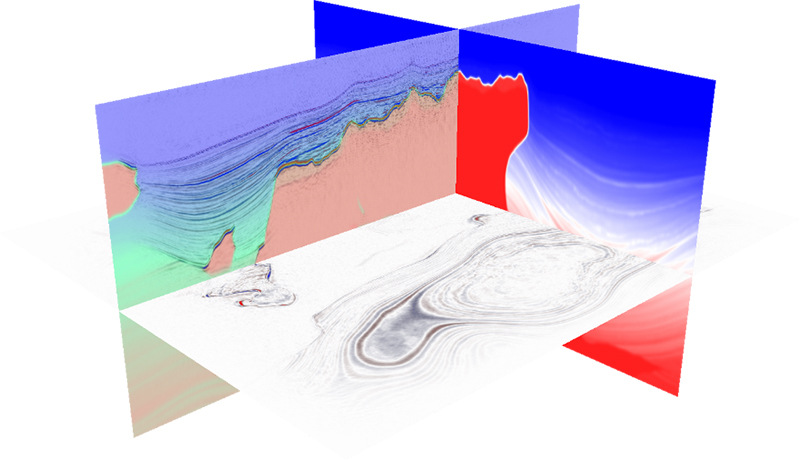For many years, the Competence Center High Performance Computing has been working on advancing 3D visualization off the beaten path, by using CPUs exclusively and omitting the GPU altogether. This, together with the parallel design, fast communication methods between the nodes, and scalable render kernels, sets the PV-4D render engine apart from anything else on the market. With these features, the PV-4D engine is perfectly suited for interactive visualization of all kinds of large scale datasets as found in all kinds of industries, from seismic through medicine over filming and gaming on to automotive. The capabilities and possibilities of the engine are virtually endless: It allows visualizing volume datasets like seismic surveys or MRI imagery with or without volume rendering, efficiently renders large triangulated objects and scenes, or creates photo-realistic images from scenes using HDR environment maps for lighting, thus creating completely new scenarios for its use.
Scientist of the visualization group at CC HPC are continuously developing new optimization strategies and methods to stay ahead any competition and keep creating cutting edge technologies. The ever increasing computational power of new hardware, including new architectures like Intel's KNL, makes it possible to regularly provide more compute intensive methods for interactive visualization or large scale datasets.






